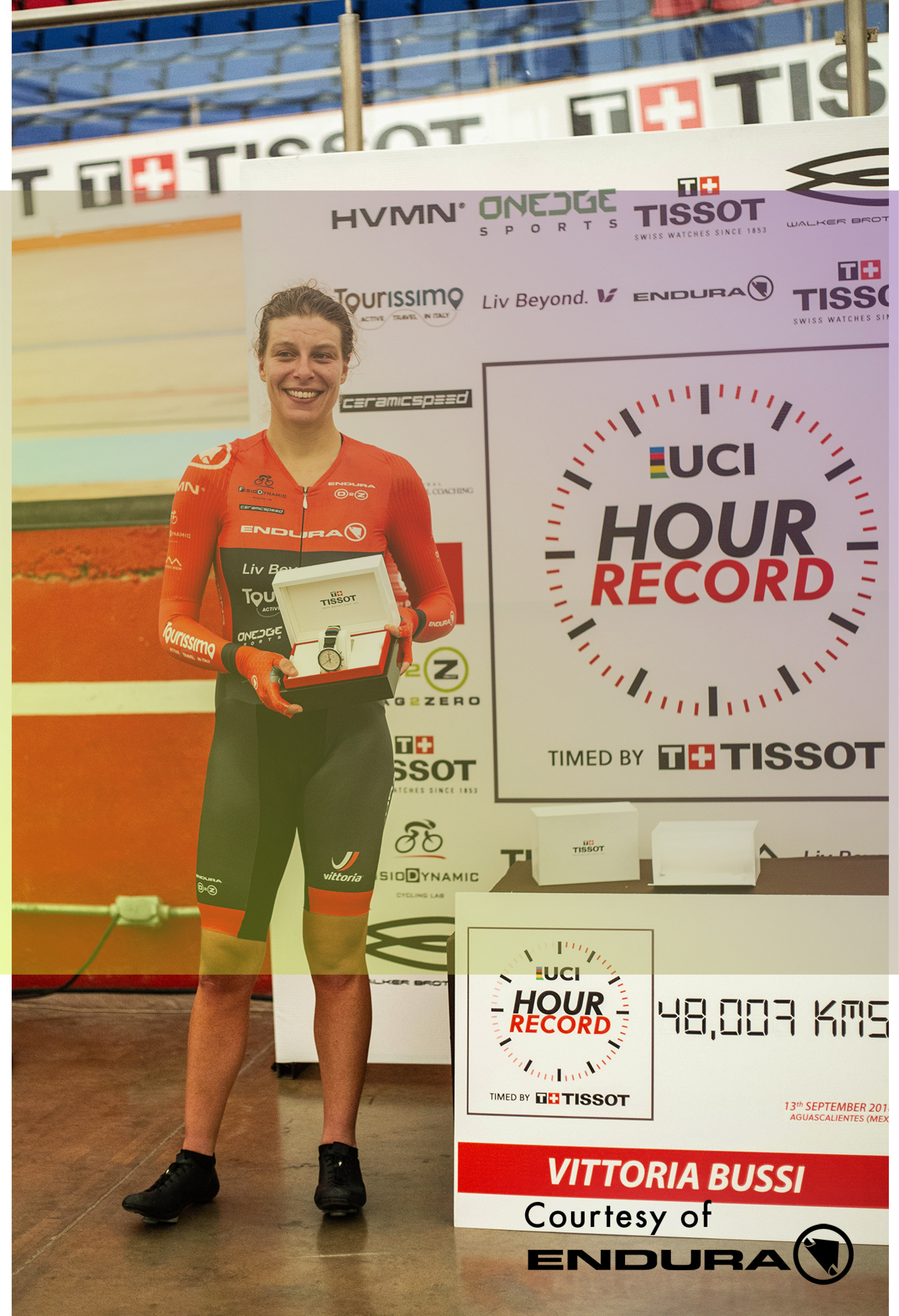
+44 (0) 789 078 2329
training for Sportives and gran fondos
Decide on your goals, and stick to them. Are you just aiming to complete the course, beat your mate or finish at the front? Some Gran Fondos especially are very competitive at the front with ex-pros vying for the win. While sticking with a faster group on the flat can help you gain a lot of time versus riding solo, if you just want to complete the course to the best of your ability, don't get drawn into a fast start and fade later! Practice your group riding skills. Training for Sportives and Gran Fondos is not all about fitness. As alluded to in the first point, riding with a group is much more efficient, whether you're taking turns at the front to push the pace or sat in the middle of the peloton conserving your energy. A weekly group ride or chaingang is great for this, but don't make the mistake of this being your only form of training. As part of a well planned training programme controlled intensity endurance rides and intervals are just as important, if maybe not as much fun! Work on your endurance. While you may have a choice of a shorter or a longer route, most Sportives and Gran Fondos are a longer distance than you will typically ride week in, week out. Training for Sportives and Gran Fondos should therefore aim to ensure you have the endurance to go the distance. While you don't necessarily need to complete the full distance in training, aim to complete at least 80% of the expected duration comfortably before the event. Have a nutrition strategy. Whether you're aiming to be self sufficient or relying on feeding stations along the course, plan a strategy of how much you will need to eat and drink and stick to it! Using the latest sports drinks and energy products the body can use up to 90-120g per hour of carbohydrates, the most important fuel for high intensity riding. However, this can be hard on the stomach and is something you should build up to in training using specific products with the correct combination of carbohydrates. It is very important you are familiar with your nutrition strategy before an event, so we recommend only using products you have tried in training first. If you will be relying on road-side nutrition provided by the organiser it's a good idea to buy some of this beforehand to try in training, the last thing you want on the day of your Sportive is an upset stomach! Know the course. Have a good look at the course beforehand to know where the climbs and food stops are. You can then adapt your training efforts to these, with harder efforts during your long rides that correspond to the position of major climbs on the route and re-fuelling stops at similar points too. Your training may involve intervals to simulate the climbs you will encounter on the Sportive or Gran Fondo, but if you always do these at the start of a ride on fresh legs you may have a surprise when you try to do the same effort after 4 hours in the saddle! Pace yourself. It's easy to get carried away on the big day and start off too hard. This is especially important for a multi-day event like the Haute Route where it can be all too easy to treat the first day like a one-off event. Taking part in a training camp can help your body adapt to the rigours of multi-day Sportives and Gran Fondos without the pressure of a full event and learn from any mistakes in equipment choice, pacing or nutrition before they become too costly!



